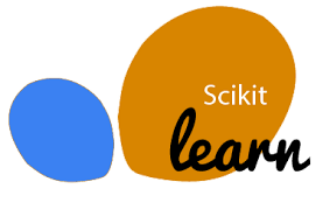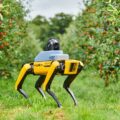Python is simple to learn & great programming language. Python is an effective high-level data structure and It provides a simple but useful way of object-oriented programming. Sophisticated syntax and efficient writing in Python as well as interpreted reality make it the best language for scripting and fast application development in various fields on most platforms.
Python is one of the most popularly used programming languages in many industries.
Python programming is widely used in Data Science, Machine learning, Computer Vision, AI, and other advanced fields of Computer Science. Python had a deep focus on code readability & Here will teach you python from basics to advanced.
Learn basic to further in-depth and advanced Python.
Basic Python Tutorial
Python Tutorial for Beginners
This tutorial will help you learn Python Programming simply and effectively so you won’t face any complexity to learning Python.
1) Python Overview – Python is a clear and powerful object-oriented programming language.
2) Python Environment Setup – Python Environment Setup: Python programming language is available for use with Windows, Linux, Mac OS as well as certain other platforms.
3) Python – Basic Syntax – Before you start writing your first Python program, you need to learn the basics.
4) Python – Variable Types – Python variables are case sensitive and the requirements always start with a letter or an underscore.
5) Python – Basic Operators – Basic Python operators, their symbols, and how it works. It tells its meaning and how to use them in Python with examples.
6) Python – Decision Making – Python decision statements with syntax and examples: Python if statement, Python if else statement, Python elif ladder, Python nested if statement. Python decision statements help you control your program accordingly.
7) Python – Loops – A complete introductory tutorial on Python’s loops. Learn and study while and for loops, nested loops, the break and continue keywords. Here we explain the different types of loops on Python.
8) Python Numbers – A detailed tutorial on python numbers to improve your understanding of Python. Python has three different types of numbers: integers, floating point numbers, and complex numbers. These are usually called int , floating point numbers and complex types.
9) Python Strings – Python string is an ordered collection of characters used to represent and store text data. In this Python string guide, you will understand all functions/operators of strings with examples, and you will also learn the concept of Unicode strings.
10) Python Lists – In this guide, we will discuss lists in Python. A list is a data type that allows you to store various types data in it. List is a compound data type. Lists are the most flexible ordered collection object type in Python.
11) Python Tuples – A tuple is similar to a list, except that the objects in the tuple are invariable, which means we cannot change the elements of a tuple once it is assigned.
12) Python Dictionary – The Python dictionary is a disorganized collection of items. Each item in a dictionary has a key/value pair. Dictionaries are Python’s implementation of a data structure most commonly known as an associative array.
13) Python Date & Time – In Python, date, time and date/time types provide a number of functions for working with dates, times and time intervals.
14) Python Functions – A Python function is a self-contained code block that performs a specific task. In this tutorial, you will learn about Python functions and their components.
15) Python Modules – In this Python Modules tutorial, we’ll talk about Python modules, their concepts, purpose, syntax, and a demonstration with examples. A module is a file that contains Python definitions and statements and has a .py file extension.
16) Python Files I/O – This function returns a file object, also called a handle, because it is used to read and modify files accordingly. In this tutorial, you will learn about file I/O in Python, from opening files to reading, writing, closing and other file operations.
17) Python Exceptions – In this Python exception tutorial you will learn about the different types of errors and exceptions that are built-in in Python. Exception handling is a concept used in Python to handle exceptions that occur during the execution of a program.
Advanced Python Tutorial
Python Tutorial for Advanced
An Advanced Python Tutorial aimed towards the Developer Who Already has Learned the basics of Python Programming.










